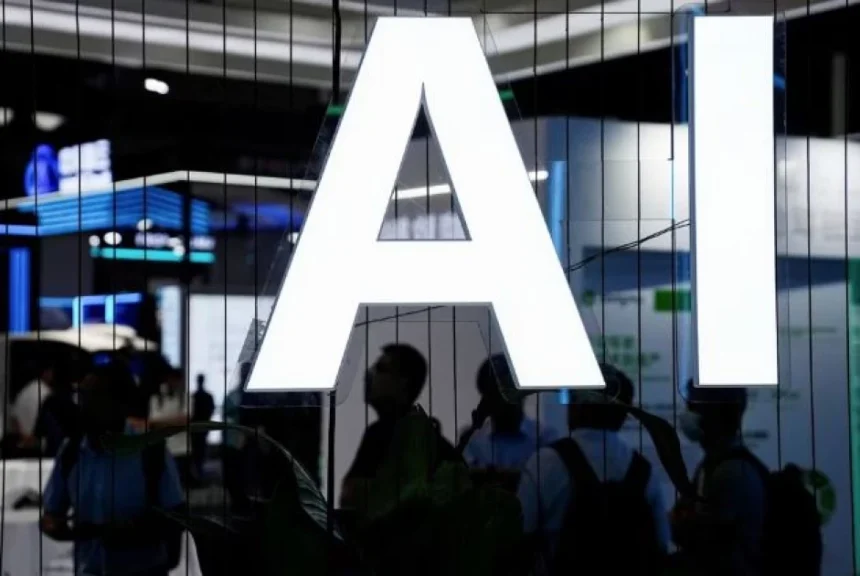We’ve all been there. Staring at a blank email, trying to craft the perfect response to a difficult client. Struggling to find the right words to start a challenging conversation. Or facing a creative block that halts an entire project. In these moments of uncertainty, a new partner is increasingly stepping in: the AI digital wingman.
Tools like ChatGPT, Grammarly, and a suite of other AI assistants are no longer just fancy gadgets; they are becoming integrated partners in our daily professional and personal lives. They offer a compelling promise: perfection without the connection. But what does that truly mean?
The Allure of the Flawless Facade
The “perfection” is undeniable. Your AI wingman can:
-
Draft impeccably polite and strategic emails in seconds.
-
Reframe a blunt message into a diplomatic masterpiece.
-
Generate a dozen creative headlines when your inspiration runs dry.
-
Outline a complex report with logical precision.
It eliminates the stutters, the typos, the awkward phrasing, and the paralyzing fear of the blank page. The output is polished, professional, and often, objectively “better” than what we might have produced alone in a similar timeframe. This is the “wingman” aspect in its purest form—it has your back, making you look smarter, more prepared, and more articulate.
The Ghost in the Machine: The Missing “Connection”
This is where the second part of the phrase rings an alarm bell: “without the connection.” What gets lost in the process of algorithmic perfection?
-
The Vulnerability of the Rough Draft: The slightly messy, human process of thinking on paper is where we often discover our most authentic ideas. AI can shortcut this messy, but vital, process of discovery.
-
The Authentic Voice: An email polished to a generic, corporate sheen can lack the subtle quirks, the personal tone, and the genuine emotion that builds real trust and rapport. The recipient might be reading the AI’s work, not yours.
-
The Learning in the Struggle: When we struggle to find the right words, we are strengthening our own communication muscles. Over-reliance on a wingman can lead to a form of creative atrophy, where we never develop the skills to navigate difficult conversations on our own.
The Balanced Partnership: Using the Wingman, Not Becoming the Wingman
The goal, then, is not to reject the AI wingman but to evolve our relationship with it. The healthiest partnership looks like this:
-
The Co-Pilot, Not the Autopilot: Use AI to generate a first draft, suggest alternatives, or check your tone. But you remain the pilot. You infuse the final product with your intent, your emotion, and your unique perspective.
-
The Editor, Not the Author: Never copy-paste blindly. Always edit, tweak, and personalize the output. Ask yourself, “Does this sound like me? Does it convey what I truly feel?”
-
Embrace the “Good Enough”: Sometimes, a slightly imperfect but genuinely you message is far more powerful than a flawless but generic one. Know when perfection is necessary and when connection is the priority.
AI is a powerful tool, a digital wingman that can elevate our game in countless ways. But the ultimate challenge in this new age is not to achieve perfection—it’s to master the art of using these tools to enhance, rather than erase, the irreplaceable value of a human connection. The most successful among us will be those who learn to merge the wingman’s precision with the pilot’s soul.









